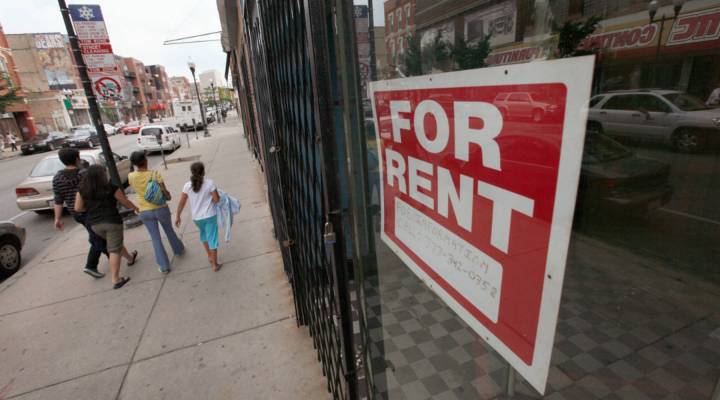
Rent or own? The affordability conundrum

ATTOM Data Solutions reports that 64 percent of Americans now live in places — mostly big metro areas on the East and West coasts — where it is more affordable to rent than own. That means the monthly cost of a mortgage, mortgage interest, insurance and property taxes on a median-priced home in the area will eat up a larger percentage of the average monthly wage there than paying rent on a typical three-bedroom apartment.
Both home prices and rents have been rising faster than wages in many parts of the country, said ATTOM Data Solutions vice president Daren Blomquist. “In a lot of the really high-priced markets, comparing whether to buy or rent is really picking the lesser of two affordability evils,” he said.
The report finds that renting is more affordable than buying in most of the major metro areas on the West Coast from San Diego to Seattle and along the East Coast from Miami to Boston. Several inland cities also now favor renters, including Las Vegas, Salt Lake City, Phoenix, Denver, Austin and Chicago.
Blomquist said in these popular urban areas, which also tend to have strong job markets, renting is now more affordable. That’s primarily because homeownership has become less affordable.
“It’s not that rent is highly affordable, it’s that home prices have skyrocketed so dramatically,” Blomquist said. “Rents have increased, but not to that degree. Renting … is the only option for many people to even be able to afford to live in those markets.”
Blomquist pointed out that in Marin County, one of the least affordable markets in which to buy, the median home price is now $1.2 million. Typical rent would take up 80 percent of a worker’s average monthly wage, but with a median-priced home mortgage and related expenses, “you’d have to pay over 100 percent of your income — it wouldn’t be possible,” Blomquist said.
Economist Patrick Newport at IHS Markit said that the best way to address the growing affordability squeeze — with home prices and rents rising as the supply of new and existing homes for sale shrinks — is more residential building, especially in core urban areas.
“The problem is, there’s not a lot of new construction of high-rise residential buildings,” Newport said. “Instead, where construction takes place, it’s in the outlying areas, with long commutes.”
According to the report, it is still more affordable to buy a home rather than rent in less densely populated areas of the South, Midwest, Plains and Mountain States — covering 54 percent of counties analyzed. It is also more affordable to own a home in some mid-Atlantic and Eastern cities, including Philadelphia, Baltimore, Cleveland, Pittsburgh and Detroit, where home prices have not risen dramatically in recent years.
There’s a lot happening in the world. Through it all, Marketplace is here for you.
You rely on Marketplace to break down the world’s events and tell you how it affects you in a fact-based, approachable way. We rely on your financial support to keep making that possible.
Your donation today powers the independent journalism that you rely on. For just $5/month, you can help sustain Marketplace so we can keep reporting on the things that matter to you.


















